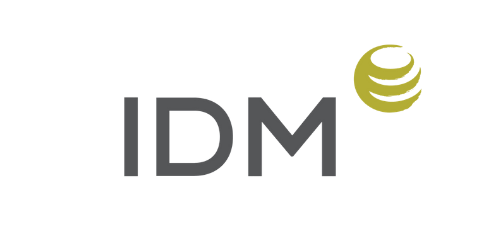The two most neglected skills in leadership
Most leaders face real challenges in delivery - in getting results, or simply in getting things done as they’d like them to be done.
The cause - and a key factor in performance that most leaders neglect - is friction. Friction shows up in every human interaction. Slight but constant, numerous and inevitable differences and variations in the actions and behaviours between individuals and teams that add in cost, time and risk and erode quality and efficiency.
To a very large degree people in organisations are generally good. They mean well, act out of good intentions and often give their best and try very hard. But friction intrudes. Friction is a natural consequence of the sheer complexity and diversity of human organisations. It reflects the natural differences in individuals’ motivations, understandings, intentions or priorities, and the differences in peoples’ skills, abilities and behaviours.
Early thinkers on leadership understood this. They knew that efficient delivery is largely down to how leaders reduce or mitigate friction.
While a leader may have a clear vision for the direction of the organisation, once it is communicated employees may interpret, prioritise or act on these goals very differently. The resulting misalignment means that organisations work less efficiently. People take unexpected actions, or work towards slightly different priorities or goals, sometimes unknowingly but often due to a lack of clarity and alignment.
Without alignment, even highly skilled and dedicated employees may not be working cohesively toward the same end, hindering overall performance and productivity. Moreover, in today’s highly complex work environment, leaders face the added challenge of rapidly growing diversity - diverse stakeholders across our ecosystems; diverse employee groups; a diversity of work styles and communication preferences; and the increasing push for remote or hybrid work models. All of which makes it even harder to keep everyone on the same page.
The solution to this struggle lies in the skills that foster not just clarity of intentions and outcomes, but that also foster ownership and autonomy of action within individuals and teams.
Leaders should of course have (or develop) strong emotional intelligence skills to understand the unique motivations and challenges faced by their team members. A leader who can empathise with their employees' perspectives will always be better equipped to create a unified vision while respecting individual autonomy. But next to EQ most leaders are neglecting two very practical core skills that make a big difference to performance.
The first is the core skill of being able to skilfully align people around clearly defined and communicated intentions and goals. The ability to brief employees such that they are both clear about what they’re being asked to do, and motivated and able to do it. This ensures that employees understand not only what they are working towards and why it matters, but how they should direct their efforts and align and problem solve during the course of delivery.
The second is the skill to unlock initiative and innovation in delivery by enabling autonomy of action within boundaries. Even the most detailed plan cannot account for every eventuality in how circumstances change. Employees need to be able to respond to emerging issues and opportunities on a day-to-day basis. But too often a leader’s behaviour can be overly prescriptive, stripping initiative and accountability AWAY from middle manager or junior leaders and employees, and stifling their ability to respond, act and perform.
It is the combination of these two skills - the ability to combine alignment and autonomy of action - that is often neglected in many leader and line manager communities. The ability to achieve clarity of intention and purpose (the what and the why), and combine that with the flexibility and autonomy for employees to approach their work in ways that allow them to show initiative and that suit their strengths and styles (the how).
Building these skills also brings an added advantage - the ability to access assets within the organisation are very rarely utilised, and that do not appear on the balance sheet. These include;
- the willingness of people to accept responsibility
- people’s tolerance of mistakes made in good faith
- the readiness of superiors to back up people’s decisions.
When done well these leadership behaviours create collective alignment as well as a collective intelligence in delivery, and create the capability for an organisation to reduce the friction they experience in execution, to act quickly to seize opportunities, and to adapt more easily to a rapidly changing context.
Reach out to us to learn more.
The IDM Business Academy
